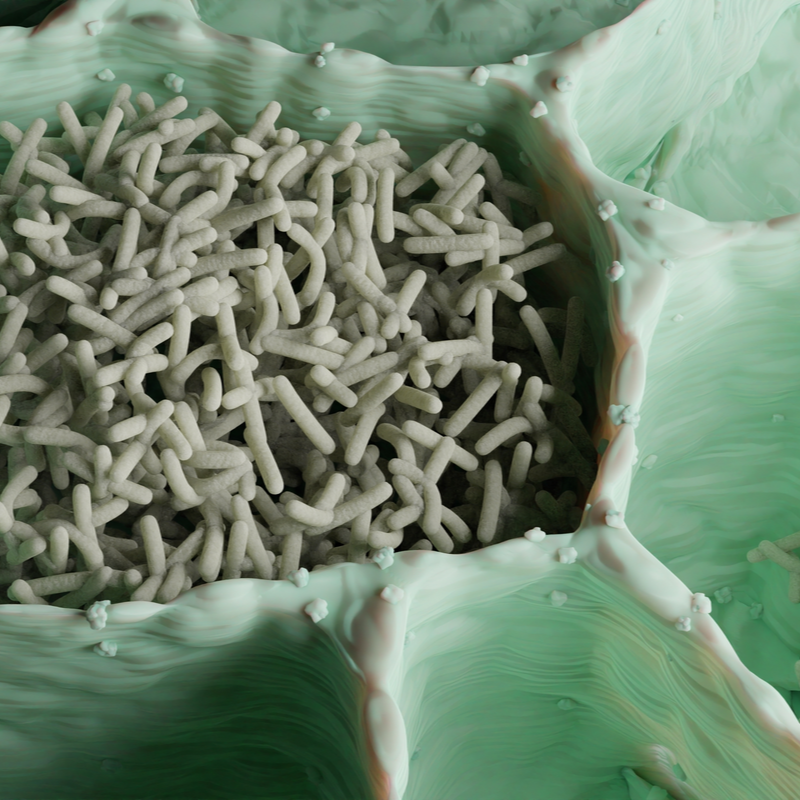
What is the Bartonella melophagi pathogen?
The Bartonella melophagi pathogen belongs to the species of Bartonella bacteria. These are gram-negative, intracellular bacteria that are transmitted by vectors. The Bartonella melophagi pathogen is considered to be a so-called "candidatus" species. This means that the name has yet to be officially recognised.
Sheep in nature have been identified as probable hosts of the Bartonella melophagi pathogen . Researchers believe that the disease transmission among sheep is by wingless flies, which are known as ked. How exactly the bacterium is transmitted to humans is still unknown, as is the exact disease pattern to which the bacterium can contribute.
From which mammals has the Bartonella melophagi pathogen been isolated?
The Bartonella melophagi pathogen could be isolated from the blood of domestic sheep and from sheep keds, so-called Melophagus ovinus, from the southwest of the USA . Domestic sheep are considered a natural host reservoir for Bartonella melophagi pathogens and sheep are their main vectors. The Bartonella melophagi pathogen has already been shown to be zoonotic . Further studies are needed to find out more about the transmission route and the clinical picture . In further studies , the Bartonella melophagi pathogen could also be detected in ticks collected from cattle .
What are the histological characteristics of the Bartonella melophagi pathogen?
Through a sequence analysis of the isolated Bartonella melophagi pathogens, was able to prove that the bacterium is related to other Bartonella species isolated from domestic and wild ruminants, yet has differences from them. It has also been isolated together with the Bartonella henselae pathogen in humans.
What are the symptoms of Bartonella melophagi infection in humans?
The Bartonella melophagi pathogen has been diagnosed in two women from the United States. They complained of the following symptoms after taking part in a series of outdoor activities during which they had also been near many wild animals. The doctors attributed the complaints to a Bartonella melophagi infection, which the women may have contracted as a result of tick or insect bites. The following symptoms appeared in varying degrees in the women:
- a slightly raised, circular red lesion, which expanded immensely in size within three days,
- a dry cough that developed about two weeks after the lesion,
- Onset of general fatigue,
- Muscular aches and pains, and muscular fatigue,
- severe chills
These
complaints continued within the next period, although no abnormalities could be detected on
an electrocardiogram
.
How was the Bartonella melophagi infection treated?
Since the disease could not initially be diagnosed as a Bartonella melophagi infection due to the unclear clinical picture, the complaints were initially treated with oral antimicrobial medication . Taking the medication temporarily led to an improvement. However, the symptoms recurred as soon as the intake of the medication was interrupted.
How was the Bartonella melophagi infection finally detected and treated?
The Bartonella melophagi pathogen was isolated by preparing a blood culture. The Bartonella melophagi bacterium was present in the blood samples, together with the Bartonella henselae pathogen, which is held responsible for neurological diseases and general signs of fatigue . Treatment was given with rifampicin and azithromycin. These are both highly effective antibiotics, which led to a general improvement in the patients. The antibiotic cefuroxime was added later and also led to an improvement in health, after the other drugs were selectively discontinued.
Generally , isolation by cultivation is considered the gold standard in the diagnosis of Bartonella pathogens. PCR should also be carried out on more than one type of sample. The sample type can be blood, but also tissue swabs from lymph nodes or a swab sample from the oral cavity of an animal. Furthermore, the performance of an antibody detection (immunofluorescence test or ELISA) can be useful because of the good negative predictive value.
How can Bartonella bacteria cause disease in the human circulation?
Even a small number of Bartonella pathogens in the human bloodstream can cause infections. Because the Bartonella pathogen can transmit and infect people in many ways, rapid diagnosis and treatment of the disease is even more important. Unfortunately, however, awareness of Bartonella infection is not yet anchored in general consciousness, so that little attention is paid to appropriate preventive measures.
Especially with regard to the Bartonella melophagi bacterium, it is therefore important to find out how the pathogen infects humans. For early diagnosis, one should also gain knowledge about which diseases could be associated with the presence of a Bartonella melophagi pathogen .
How can a Bartonella infection be prevented?
So far there is no vaccine against Bartonella infection. The only proven effective preventive measures to avoid a infection are:
- strict flea and tick control, especially on pets, but also on oneself after spending a long time in the wild ,
- Immunocompromised people should preferably take in cats older than one year to protect themselves from the so-called cat disease,
- Taking in cats from animal shelters and/or multi-cat households is not recommended for immunosuppressed persons , as it is essential to ensure that the animal is free of fleas and in a good state of health.
- Above all, immunocompromised people should avoid rough play with the cat to prevent scratches and/or bites.
